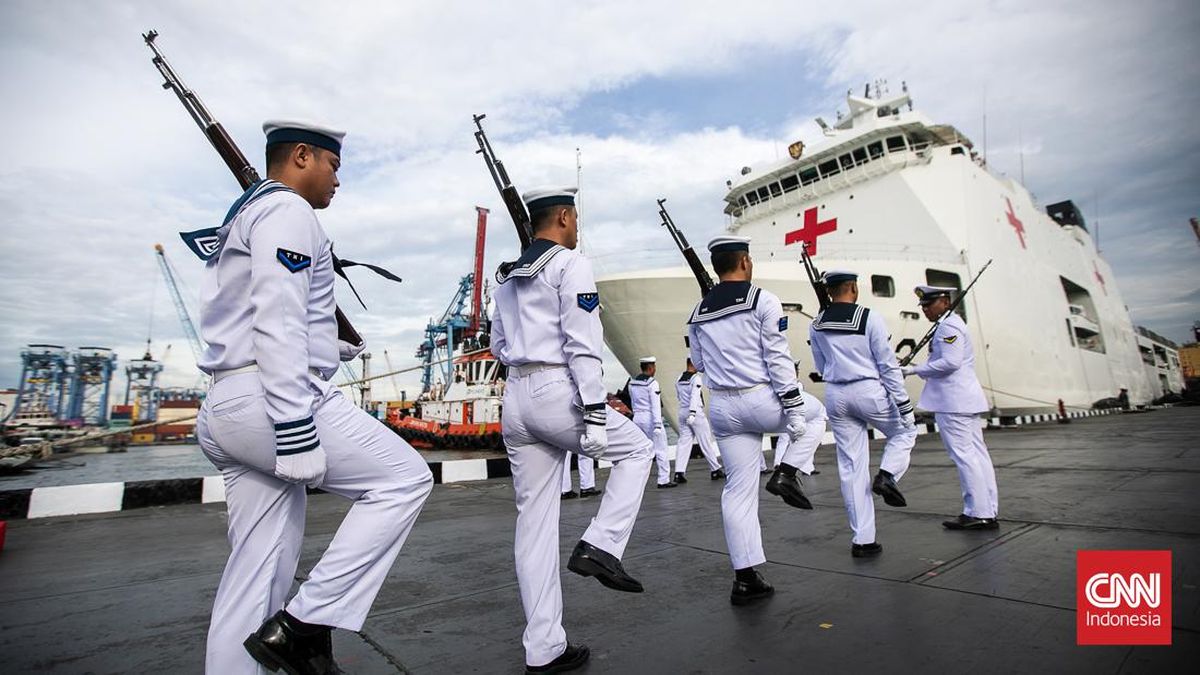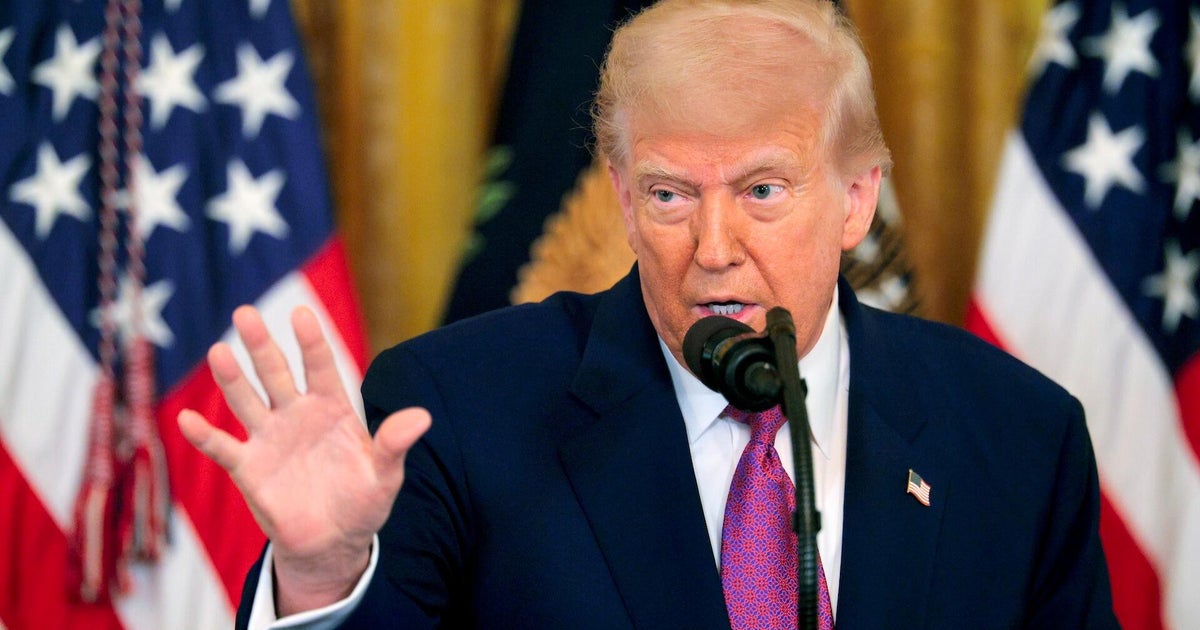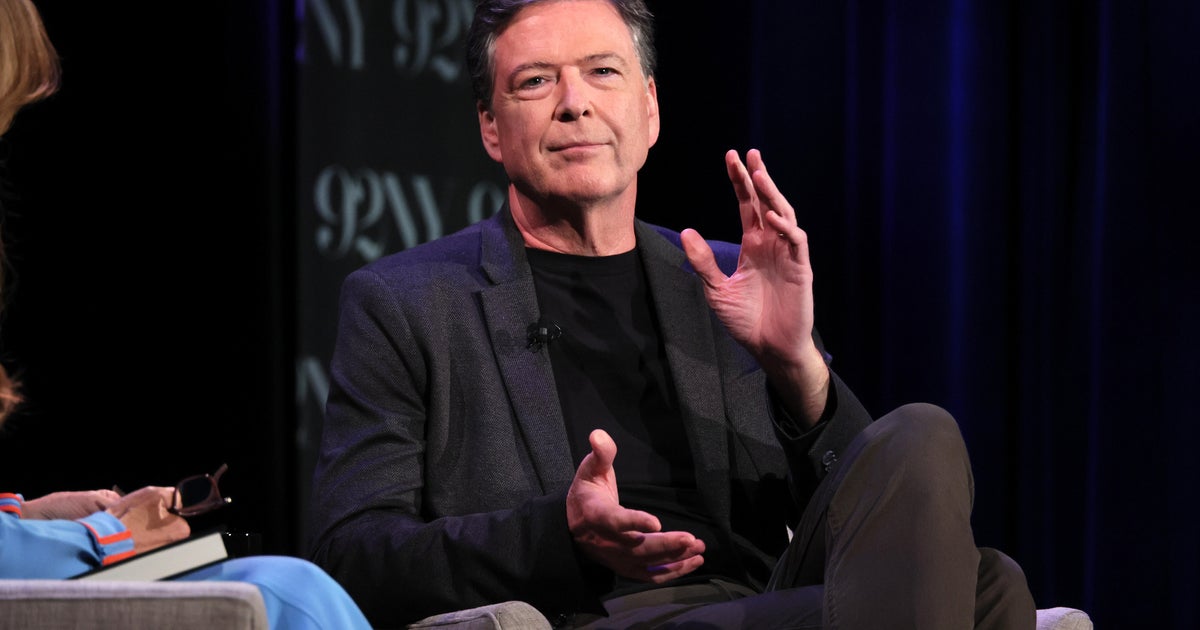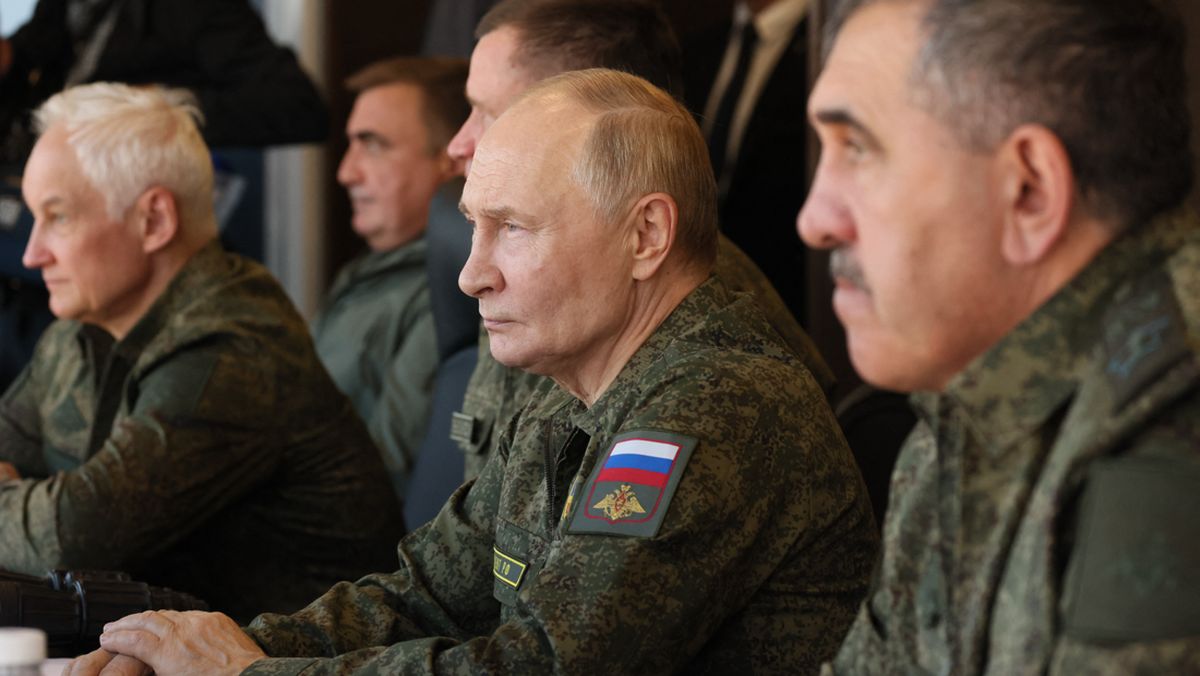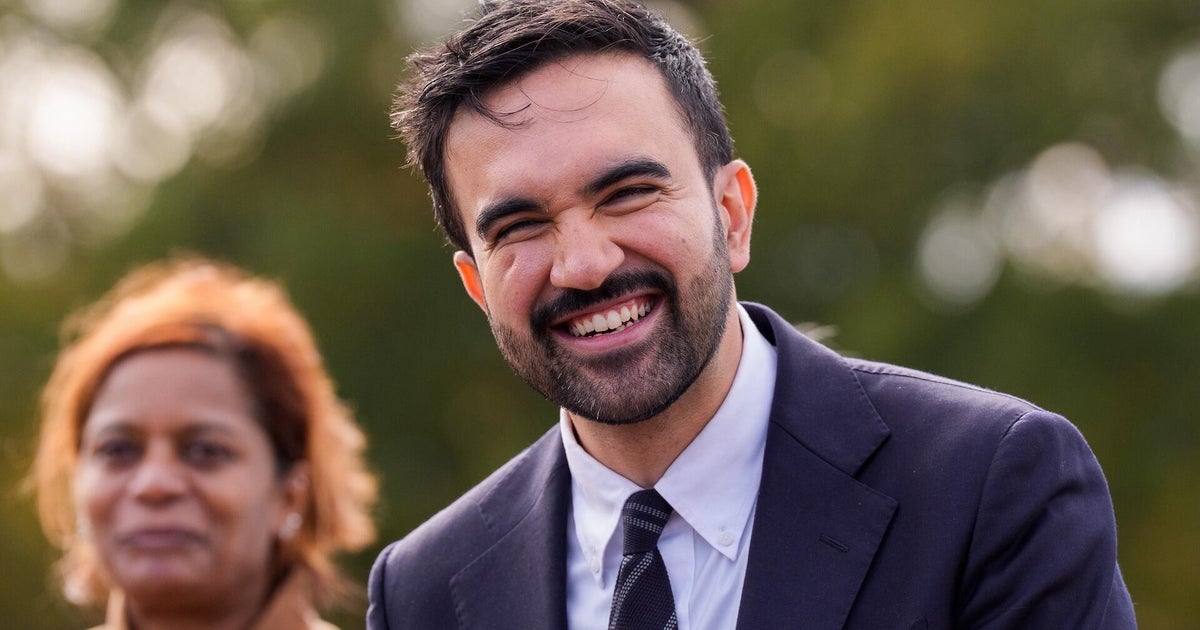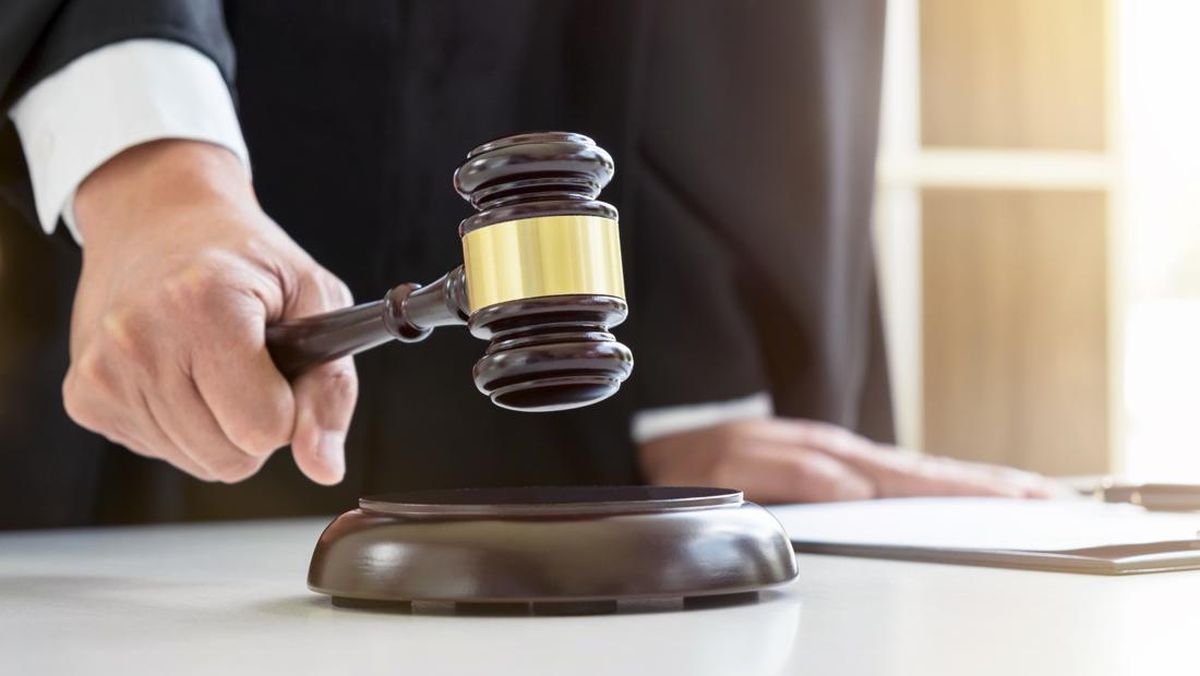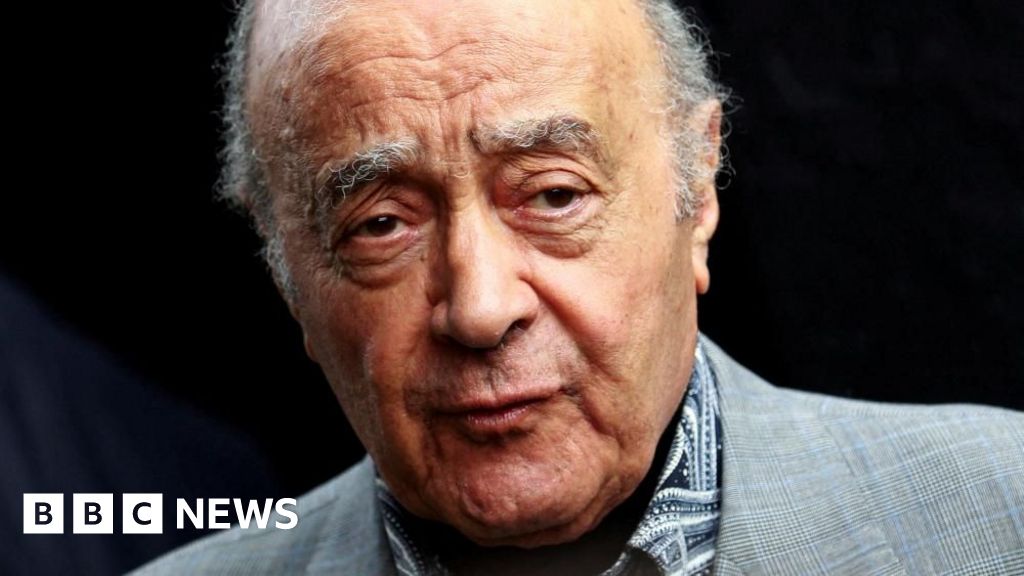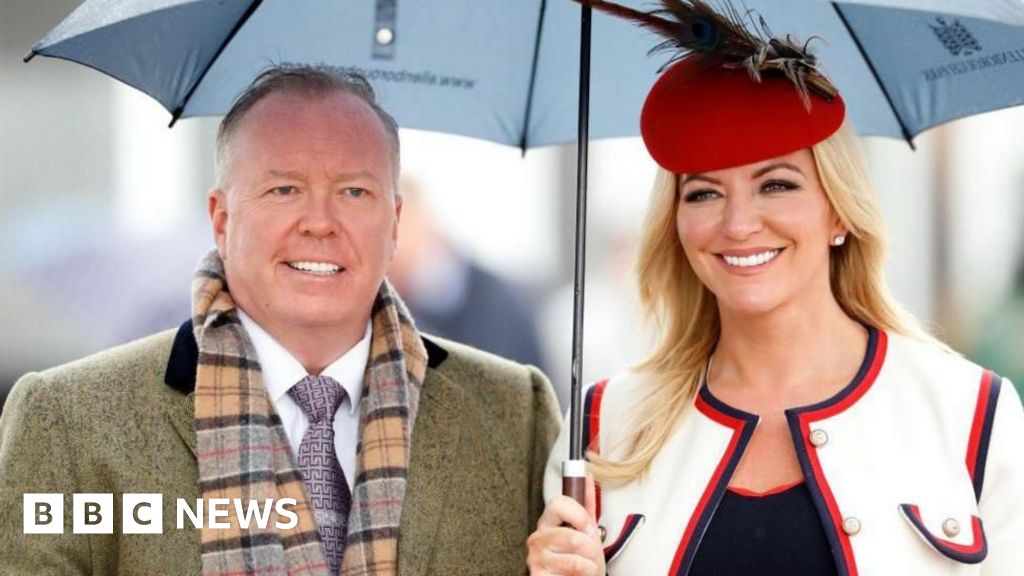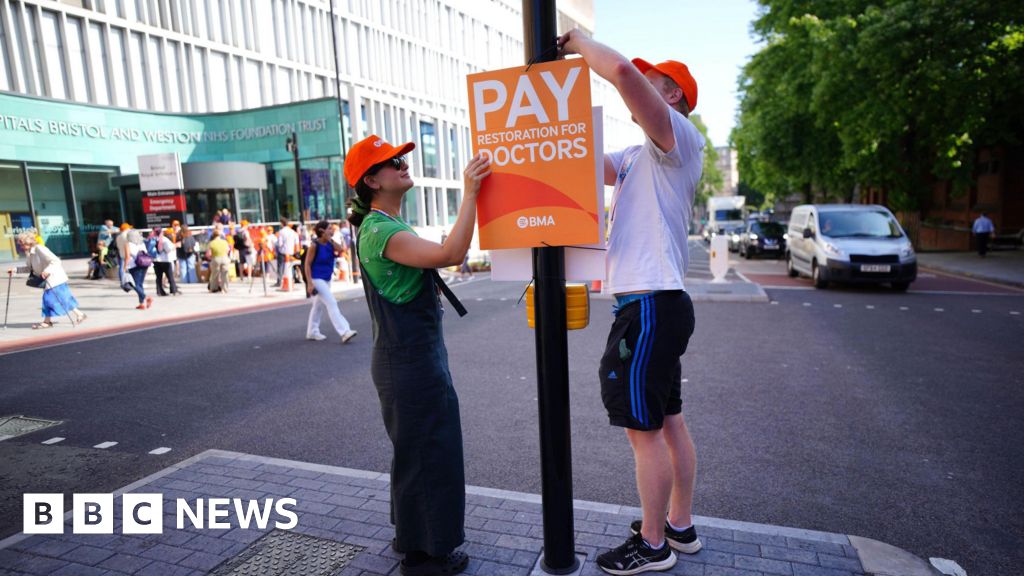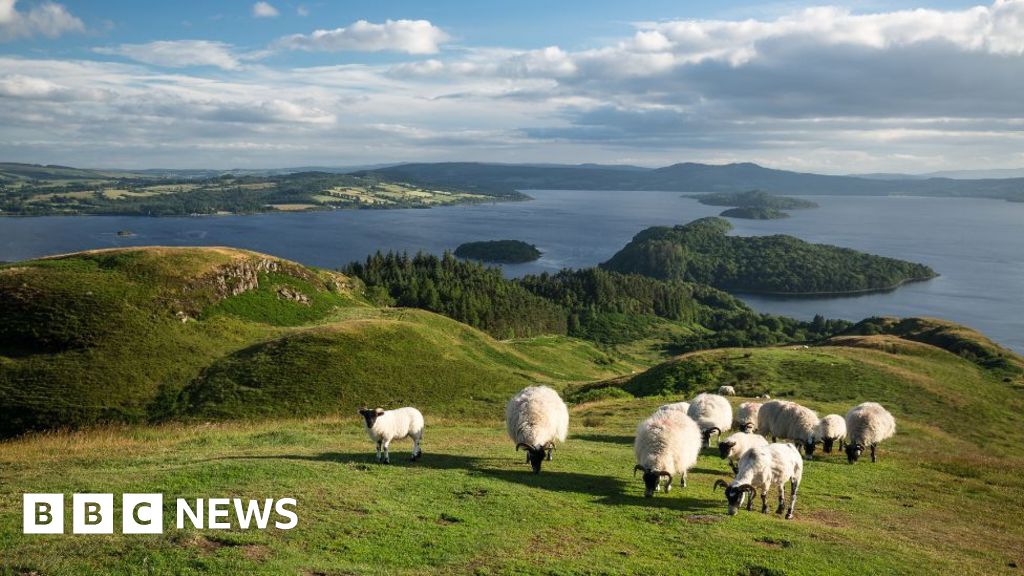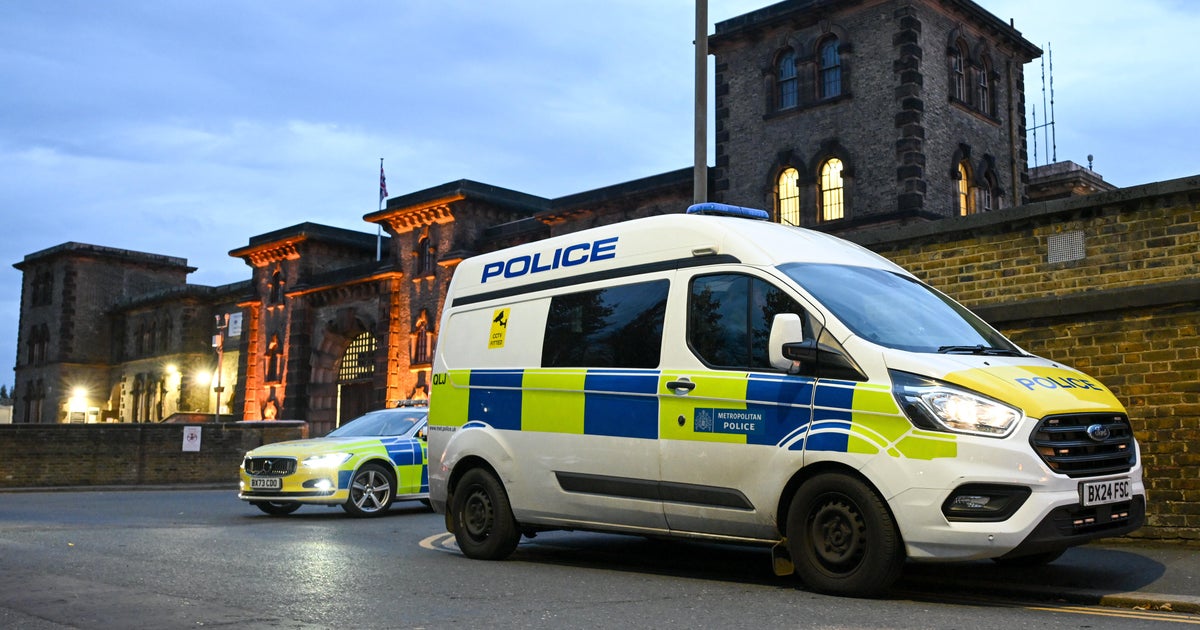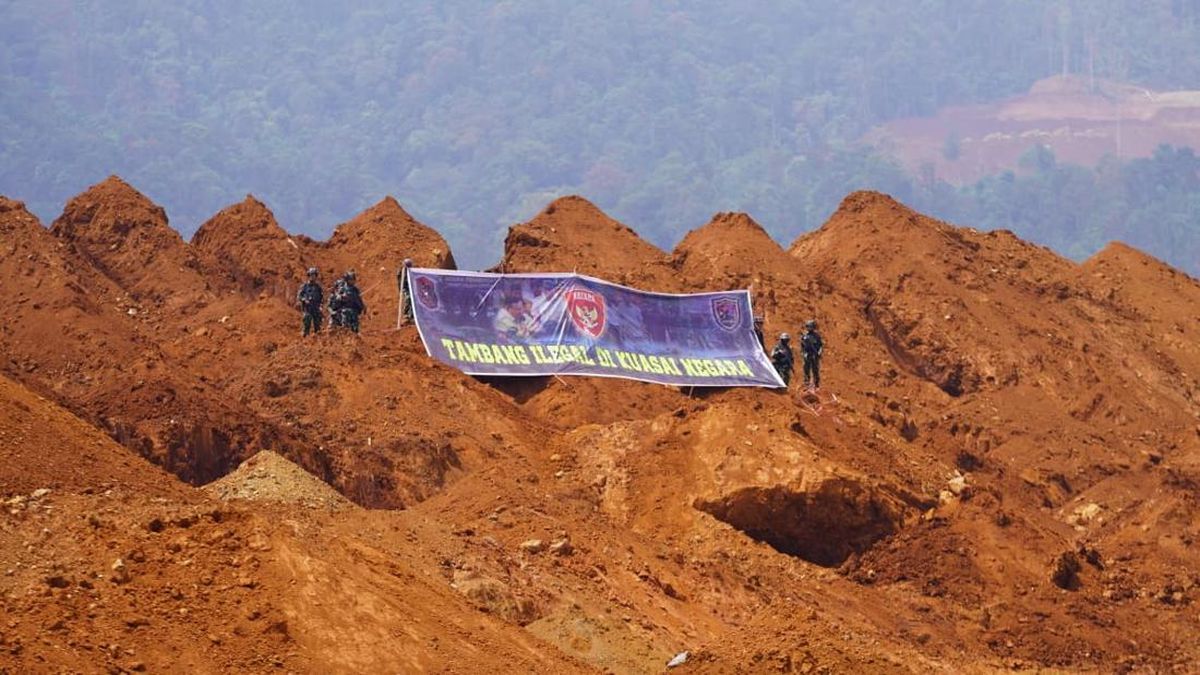Lucy WilliamsonMiddle East correspondent, Gaza
Watch: BBC's Lucy Williamson taken to east of Gaza City in IDF-led visit
From an embankment overlooking Gaza City, there's no hiding what this war has done.
The Gaza of maps and memories is gone, replaced by a monochrome landscape of rubble stretching flat and still for 180 degrees, from Beit Hanoun on one side to Gaza City on the other.
Beyond the distant shapes of buildings still standing inside Gaza City, there's almost nothing left to orient you here, or identify the neighbourhoods that once held tens of thousands of people.
This was one of the first areas Israeli ground troops entered in the early weeks of the war. Since then they have been back multiple times, as Hamas regrouped around its strongholds in the area.
Israel does not allow news organisations to report independently from Gaza. Today it took a group of journalists, including the BBC, into the area of the Strip occupied by Israeli forces.
The brief visit was highly controlled and offered no access to Palestinians, or other areas of Gaza.
Military censorship laws in Israel mean that military personnel were shown our material before publication. The BBC maintained editorial control of this report at all times.

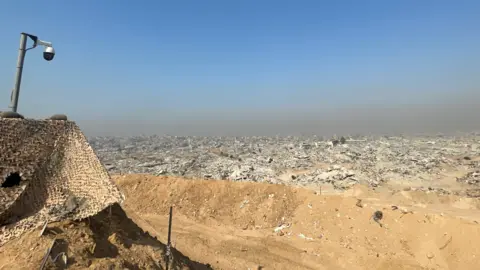
The remains of Shejaiya, an eastern neighbourhood of Gaza City
Asked about the level of destruction in the area we visited, Israeli military spokesman Nadav Shoshani said it was "not a goal".
"The goal is to combat terrorists. Almost every house had a tunnel shaft or was booby-trapped or had an RPG [rocket-propelled grenade] or sniper station," he said.
"If you're driving fast, within a minute you can be inside of a living room of an Israeli grandmother or child. That's what happened on October 7."
More than 1,100 people were killed in the Hamas attacks on Israel on 7 October 2023, and 251 others taken hostage.
Since then, more than 68,000 Gazans have been killed, according to the Hamas-run Health Ministry there.
The bodies of several hostages had been found in this area, Lt Col Shoshani said, including that of Itay Chen, returned to Israel by Hamas this week. Searches are continuing for the missing bodies of another seven hostages.
The Israeli military base we travelled to is a few hundred metres from the yellow line – the temporary boundary set out in US President Donald Trump's peace plan, which divides the areas of Gaza still controlled by Israeli forces from the areas controlled by Hamas.
Israel's army has been gradually marking out the yellow line with blocks on the ground, as a warning to both Hamas fighters and civilians.
There are no demarcations along this part of the line yet - a soldier points it out to me, taking bearings from a small patch of sand between the grey crumbs of demolished buildings.

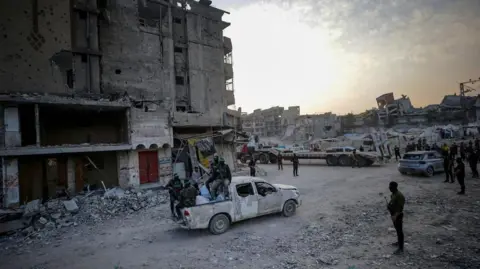 EPA
EPA
Hamas fighters pictured on Wednesday in Gaza City (image brightened for clarity)
The ceasefire is almost a month old, but Israeli forces say they are still fighting Hamas gunmen along the yellow line "almost every day". The piles of bronze-coloured bullet casings mark the firing points on the embankments facing Gaza City.
Hamas has accused Israel of violating the ceasefire "hundreds of times", and Gaza's Hamas-run Health Ministry says more than 240 people have been killed as a result.
Col Shoshani said that Israeli forces were committed to the US-led peace plan, but that they would also make sure that Hamas no longer posed a threat to Israeli civilians, and would stay as long as necessary.
"It's very clear to everyone that Hamas is armed and trying to control Gaza," he said. "This is something that will be worked out, but we're far from that."

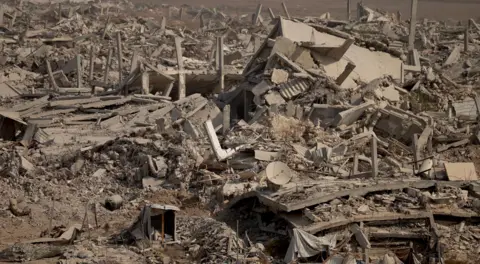 Moose Campbell/ BBC
Moose Campbell/ BBC
Buildings in Gaza City have been reduced to grey, dusty rubble (image brightened for clarity)
The next stage of the US-led plan requires Hamas to disarm and hand over power to a Palestinian committee overseen by international figures including President Trump.
But rather than give up its power and weapons, Col Shoshani said, Hamas was doing the opposite.
"Hamas is trying to arm itself, trying to assert dominance, assert control over Gaza," he told me. "It's killing people in broad daylight, to terrorise civilians and make sure they understand who is boss in Gaza. We hope this agreement is enough pressure to make sure Hamas disarms."
Israeli forces showed us a map of the tunnels they said that soldiers had found beneath the rubble we saw – "a vast network of tunnels, almost like spider's web" they said – some already destroyed, some still intact, and some they were still searching for.
What happens in the next stage of this peace deal is unclear.
The agreement has left Gaza in a tense limbo. Washington knows how fragile the situation is - the ceasefire has faltered twice already.
The US is pushing hard to move on from this volatile stand-off to a more durable peace. It has sent a draft resolution to UN Security Council members, seen by the BBC, which outlines a two-year mandate for an international stabilisation force to take over Gaza's security and disarm Hamas.
But details of this next stage of the deal are thin: it's not clear which countries would send troops to secure Gaza ahead of Hamas disarmament, when Israel's troops will withdraw, or how the members of Gaza's new technocratic administration will be appointed.
President Trump has outlined his vision of Gaza as a futuristic Middle Eastern hub, built with foreign investment. It's a far cry from where Gaza is today.
Largely destroyed by Israel, and seen as an investment by Trump, the question is not just who can stop the fighting, but how much say Gazans will have in the future of their communities and lands.
More on the Israel-Gaza war

 2 hours ago
4
2 hours ago
4
